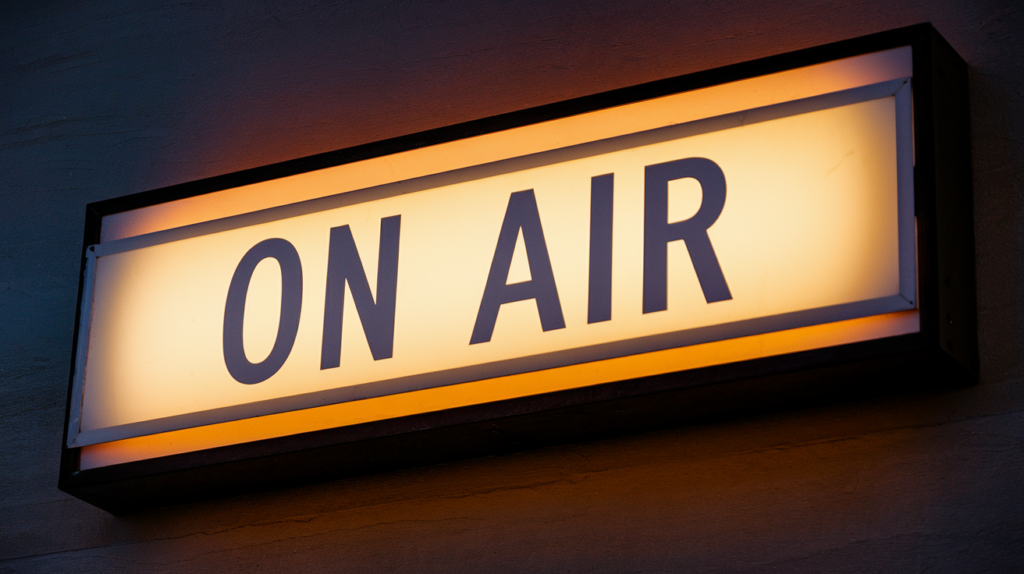When you think of French, images of Parisian cafes and the Eiffel Tower might come to mind. But did you know that French spoken in Belgium has its own unique flavor? Belgian French, while rooted in the same language as Standard French, boasts distinct pronunciation, vocabulary, and even expressions that set it apart.
Understanding these differences can deepen your appreciation for both variations and enhance your communication skills if you’re planning a visit or engaging with Belgian culture. Whether you’re curious about regional slang or how accents vary across borders, exploring Belgian French opens up a fascinating linguistic landscape that’s worth diving into.
Key Takeaways
- Distinct Variations: Belgian French differs from Standard French in pronunciation, vocabulary, and expressions, reflecting its unique regional identity.
- Historical Influence: The evolution of Belgian French has been shaped by historical interactions with Dutch and German languages, particularly after the 19th century.
- Regional Differences: Various regions in Belgium, such as Brussels and Liège, showcase notable pronunciation differences and local slang that enrich the language’s diversity.
- Cultural Significance: Belgian culture influences language use; specific terms like “septante” (seventy) highlight how cultural context impacts communication.
- Media Representation: Literature and films produced in Belgium help preserve and promote Belgian French, providing insights into local customs and societal issues.
- Grammatical Nuances: While grammar closely aligns with Standard French, there are regional variations in usage that affect informal versus formal interactions.
Overview of Belgian French
Belgian French possesses unique characteristics that set it apart from Standard French. Understanding these differences enriches your experience when interacting with the language and culture in Belgium.
Historical Background
Belgian French emerged from the historical influences of various languages, including Dutch and German. The region’s complex political history shaped its linguistic development. The use of French rose significantly after the 19th century as Belgium established itself as a separate nation, leading to distinct dialects influenced by local customs and vernacular.
Regional Variations
Belgian French features notable regional variations across areas like Brussels, Walloon Brabant, and Liège. Pronunciation differs, with softer consonants and distinctive vowel sounds compared to Standard French. Vocabulary also varies; for instance, everyday terms may include “septante” for seventy instead of “soixante-dix.” Additionally, slang expressions are prevalent in informal conversations, showcasing the rich cultural tapestry within Belgian communities.
Linguistic Features
Belgian French exhibits unique linguistic features that set it apart from Standard French. Understanding these characteristics enhances your communication and appreciation for the region’s culture.
Pronunciation Differences
Pronunciation in Belgian French varies significantly from Standard French. You might notice that certain vowels and consonants are articulated differently, reflecting regional accents. For instance, the “r” sound is often more guttural in Belgian French compared to the softer pronunciation found in Standard French. Additionally, syllable stress can shift, giving a distinct rhythm to spoken Belgian French.
Vocabulary Distinctions
Vocabulary in Belgian French includes specific terms and expressions not commonly used in Standard French. You may encounter words like “septante” for seventy or “nonante” for ninety instead of their standard equivalents “soixante-dix” and “quatre-vingt-dix.” Regional slang also plays a role; phrases like “faire la bise” (to greet with kisses) may vary in usage across different areas, showcasing local customs and cultural nuances.
Cultural Aspects
Understanding the cultural aspects of Belgian French enriches your appreciation for the language and its nuances. The unique interplay between regional identity and language reflects Belgium’s vibrant culture.
Influence of Belgian Culture
Belgian culture significantly shapes the use of Belgian French. Various influences from neighboring countries, like Dutch and German, contribute to distinctive linguistic features. Regional customs and traditions also manifest in everyday language, including local slang that captures community spirit. Words like “nonante” for ninety showcase how culture informs vocabulary choices, enhancing communication among locals.
Media and Literature
Media and literature play vital roles in promoting Belgian French. Numerous authors write in this dialect, reflecting local themes, humor, and social commentary. This body of work not only entertains but also preserves cultural heritage through storytelling. Additionally, films produced in Belgium often feature authentic dialogue that highlights regional accents and expressions. Engaging with these media forms deepens understanding of regional variations while offering an immersive experience into the heart of Belgian society.
Comparison with Standard French
Belgian French showcases notable differences when compared to Standard French. Understanding these distinctions enhances your communication and appreciation for the language.
Grammar and Syntax
Grammar in Belgian French aligns closely with Standard French, yet some nuances exist. For example, the use of “tu” and “vous” varies regionally, impacting informal versus formal interactions. The construction of certain phrases may also differ, leading to variations in sentence structure. Additionally, specific verb conjugations might reflect local dialects that deviate from standard rules.
Everyday Usage
Everyday usage reflects unique expressions and terms that enrich communication within Belgian communities. You’ll encounter distinct vocabulary like “septante” for seventy and “nonante” for ninety instead of their Standard French counterparts. Furthermore, regional slang often influences casual conversations. Familiarizing yourself with these expressions can enhance your interactions and demonstrate cultural awareness while engaging with native speakers or exploring Belgium’s vibrant culture.
Conclusion
Understanding the nuances of Belgian French enriches your communication and deepens your appreciation for Belgium’s diverse culture. Whether you’re planning a visit or simply exploring its linguistic landscape, recognizing the distinct pronunciation, vocabulary, and expressions can enhance your interactions.
By embracing these differences, you not only connect more authentically with locals but also gain insight into the region’s history and identity. So dive into the vibrant world of Belgian French to fully experience all that this unique language has to offer.
Frequently Asked Questions
What is Belgian French?
Belgian French is a variant of the French language spoken in Belgium, marked by unique pronunciation, vocabulary, and expressions that set it apart from Standard French. Understanding these differences enhances communication and appreciation for Belgian culture.
How does Belgian French differ from Standard French?
While both share similar grammar rules, Belgian French features distinct pronunciation patterns, specific regional slang, and unique terms like “septante” for seventy and “nonante” for ninety. These variations reflect local customs and cultural influences.
Why is knowing Belgian French important?
Knowing Belgian French helps improve interactions with locals, showcasing cultural awareness when visiting or engaging with Belgium. It enriches your experience by allowing you to understand local nuances in communication.
What are some notable regions where different dialects of Belgian French are spoken?
Distinct dialects can be found across various regions such as Brussels, Walloon Brabant, and Liège. Each area has its own variations in pronunciation and vocabulary that add richness to the language.
How did historical factors influence the development of Belgian French?
Belgian French evolved through influences from Dutch and German due to Belgium’s complex political history. The use of the language grew significantly after the 19th century, leading to regional dialects shaped by local customs.
Are there any cultural aspects tied to Belgian French?
Yes! Regional identity greatly impacts how this variant is used. Cultural elements shape vocabulary and expressions while media and literature play vital roles in promoting its rich heritage within Belgium’s vibrant culture.
Can I find resources to learn more about Belgian French?
Yes! Many resources are available including books, online courses, films, and literature featuring local authors that provide insight into regional variations of the language along with cultural context.






